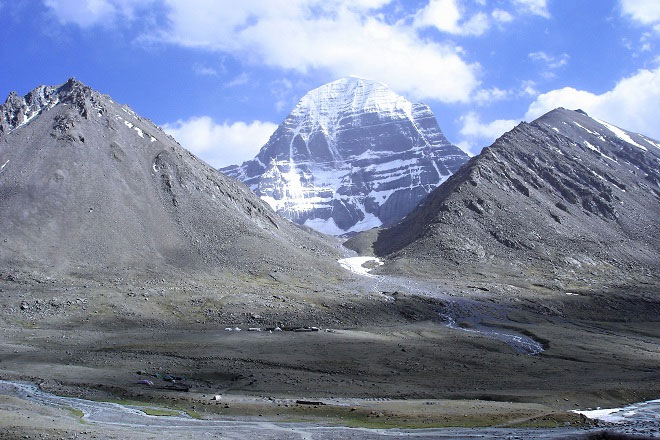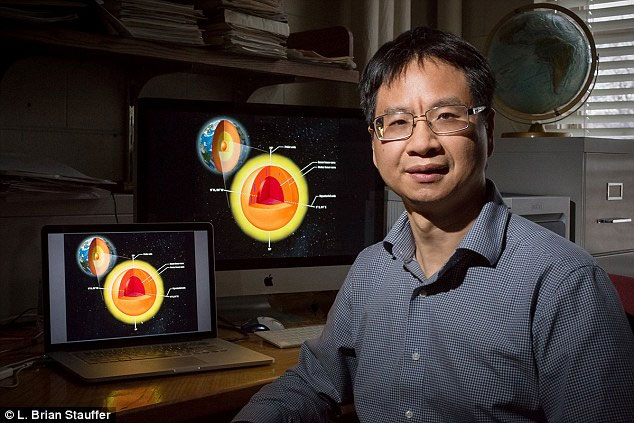Giant cracks in Tibet can forecast horrific disasters
The Tibetan Plateau appeared to have broken cracks, separating the huge four-piece area that made scientists very concerned.
According to the Daily Mail, studying the fissures can help scientists accurately predict future earthquakes.

Tibet highland area.
Experts from the University of Illinois have used many geological measurement methods in Tibet, discovering giant cracks under the mantle . This is the second layer after the earth's crust. From the earth's crust to a depth of 2900km is the Manti class. Cracks divide the crust into 4 pieces according to different angles and distances.
"These cracks seem to be the reason why earthquakes only occur in some parts of southern and central Tibet," said Xiaodong Song, a researcher.
Song said that the Indian tectonic plate had reached Asia about 50 million years ago, drawing a long chain of geological reactions.
When fissures appear, it affects the heat from the Earth's core reaching the mantle. The versatility of this shell is also impacted, leading to the occurrence of tremendous earthquakes.

Xiaodong Song co-authored the study at the University of Illinois, USA.
If the source of the crack is identified, the researchers can include it in the calculation model to predict the earthquake more accurately in the future. Thousands of lives will be saved thanks to early and accurate earthquakes.
"Previously, we knew that some areas of the Southern Highlands of Tibet had to suffer more earthquakes but it was unclear why. Things are now more reasonable," said Jiangtao Li, a member of the research team. .
"There is a very clear connection between the earthquake position and the fragmentation direction of the tectonic plate , " Jiangtao said.
However, to accurately predict the timing and scale of earthquakes is still a big challenge for scientists.
The study is published in the PNAS scientific journal.
- Video: Death cracks devour the river after a night
- Close up of a giant crack can create a new ocean
- California earthquakes create giant cracks in the desert
- Giant cracks in the Antarctic ice shelf are about to
- Africa faces the risk of breaking in half: Cracks long thousands of meters are evidence
- Effect of cracks on elephant skin
- Snowfall buried dozens of people in Pakistan
- Tsunamis cannot be predicted
- The most confusing accidents
- Video: The strange giant mushroom cloud appears in the sky of Beijing
- New method to forecast tsunamis
- Automatic detection and repair of cracks in the road
 Is the magnetic North Pole shift dangerous to humanity?
Is the magnetic North Pole shift dangerous to humanity? Washington legalizes the recycling of human bodies into fertilizer
Washington legalizes the recycling of human bodies into fertilizer Lightning stone - the mysterious guest
Lightning stone - the mysterious guest Stunned by the mysterious sunset, strange appearance
Stunned by the mysterious sunset, strange appearance